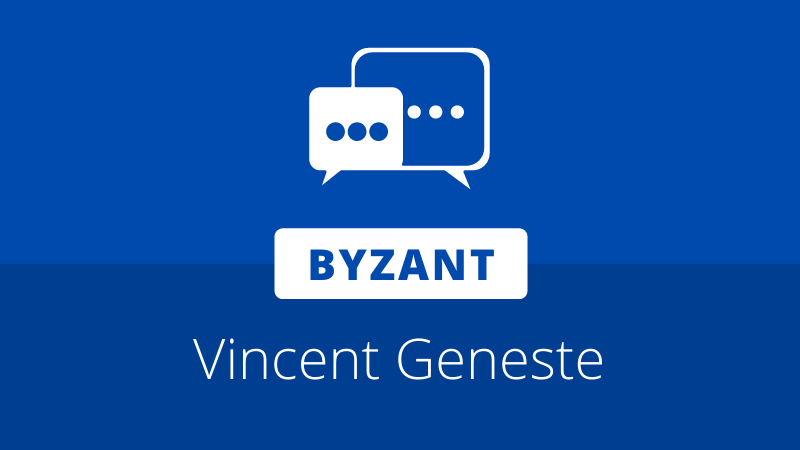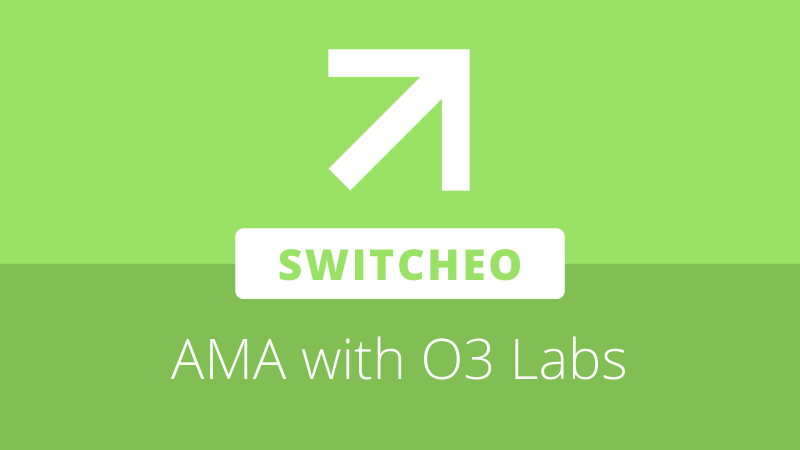
Byzant is a series by Neo News Today, providing access to insider perspectives from knowledgeable individuals in the Neo ecosystem and broader blockchain industry. For the following week after a guest has shared their insight, they will be encouraged to participate in discussion on the Neo subreddit by answering relevant questions from the community.
In this week’s feature, we talked to Vincent Geneste about the recent rise in popularity of non-fungible tokens (NFTs) and the different forms they end up taking on different platforms.
Vincent is a long-time Neo community member and contributor. He founded Neo Economy and more recently created GhostMarket, a cross-chain NFT marketplace, explorer, and foundry.
Professionally, Vincent has more than 10 years experience as network architect. He recently transitioned to working as a full-time blockchain developer, managing a variety of different projects across multiple blockchain ecosystems, including Neo, Ethereum, Switcheo, and Phantasma.
Readers that would like to know more about NFTs and their applicability are welcome to join the conversation and talk with Vincent in the following thread:
NNT: Non-fungible tokens have been gaining in popularity recently. From your experience while working on GhostMarket, what have been your main observations on the state of NFTs and their applicability in the blockchain space?
Vincent Geneste:
For a couple of months, we’ve been working on our fully featured cross-chain NFT Marketplace. While our first and most important feature is to enable NFT trading, and since this is still in its infancy, in order to promote and attract new people to the wonderful world of collectibles/NFTs, we recently started to integrate a “Mint your own NFT” feature. This forced us to dive deep into all the current and future blockchain NFT standards, and their pros and cons, which allowed us to notice several overarching trends.
NFT, while not a new technology with the first iteration dating as far back as a couple years ago, has very recently emerged as one of the most “trending” topics when it comes to blockchain. As was the case with cryptocurrencies and blockchain, the whole concept of “owning your assets” starts to make a lot more sense when you realize that you don’t really own anything in the digital world… unless it’s an NFT!
What we found out during our research is that there are already lots and lots of different “NFT projects,” but there are even more NFT subdomains. Between artwork NFT, which are best suited for collectors, gaming NFT, where you get to be able to resell your game/assets after playing, or insurance-type NFT, which acts as proof you own contract insurance, for example in DeFi projects, the blockchain space is literally exploding with all kinds of new use cases.
Our most important observation during research and development of our solution was that wide range of different NFT standards, particularly in relation to NFT metadata. Owning the NFT itself is something which can be cryptographically proven by the fact that it is recorded on a public ledger, but then what about the NFT metadata (including information like the name, description, attributes or even image)?
This is where it differs widely between different projects or blockchains. With some projects, only the token itself is on-chain, while all the metadata or images are stored off-chain, often on private servers. This allows these projects to update the metadata in case their servers have an issue, or let’s say in case they want to update some pictures of in-game assets. For most “art related” NFT projects the solution is a hybrid, in the sense that the metadata is most often off-chain, while the image itself is usually stored on-chain, for example on IPFS, to prove that it has never been altered. This is a perfect compromise as long as you trust that IPFS will stay up forever, which it probably will.
Finally, some projects, though very few, have decided to make everything available on-chain, i.e. both the metadata and the images, making the solution the “perfect NFT” in the sense that it can never ever be interfered with. This proves that it is “completely real” with the downside being the same .. you can never tweak it! This is the solution we will be implementing for some of the chains we will be adding to GhostMarket. This might differ depending on which chain we integrate… for example, full on-chain is not feasible on Ethereum, while on Neo with the new standard it is a bit more realistic.
More information and recent news on GhostMarket can be found at the links below:
- GhostMarket website
- Vincent interview on the NNT Podcast
- GhostMarket launches multi-chain NFT marketplace







About The Author: Brett Rhodes
Brett is a blockchain enthusiast and freelance writer who originally began producing content for the gaming & eSports industries. Now he spends most of his time contributing in the Neo ecosystem.
More posts by Brett Rhodes